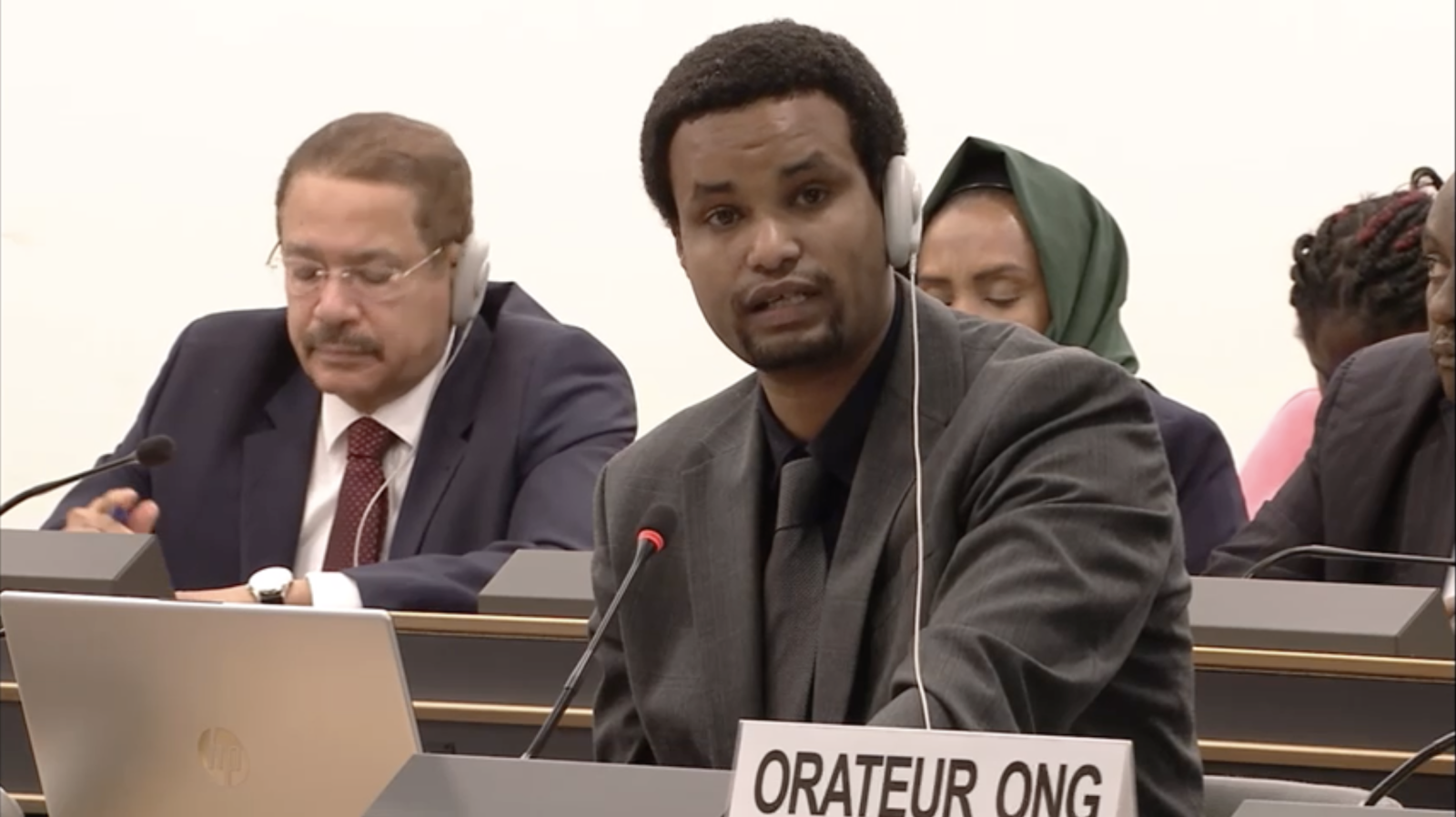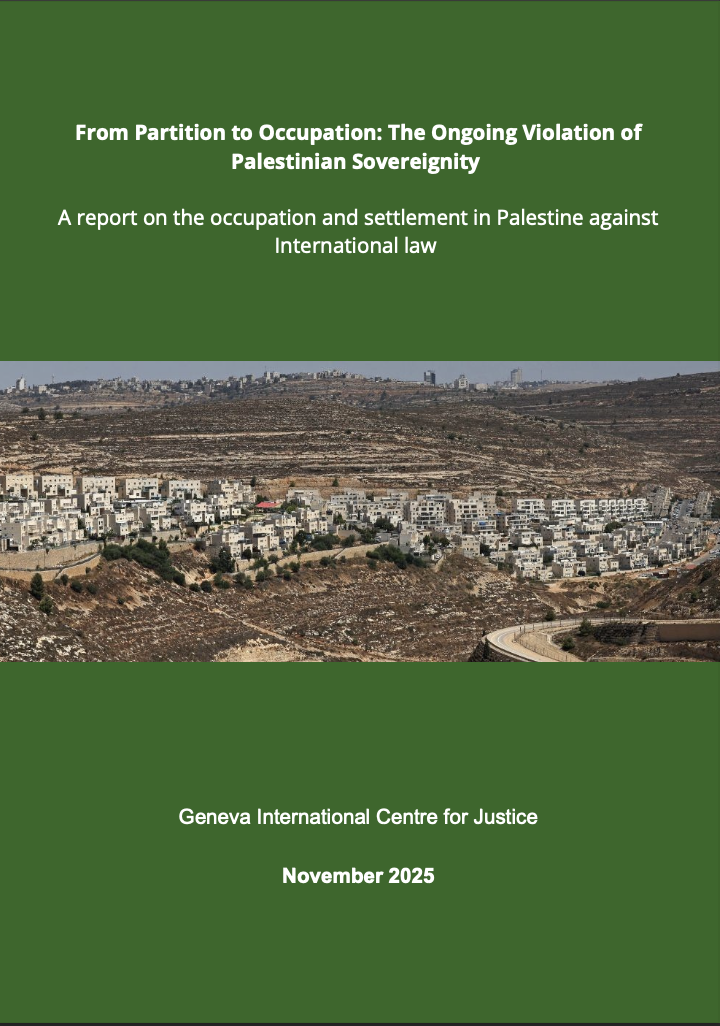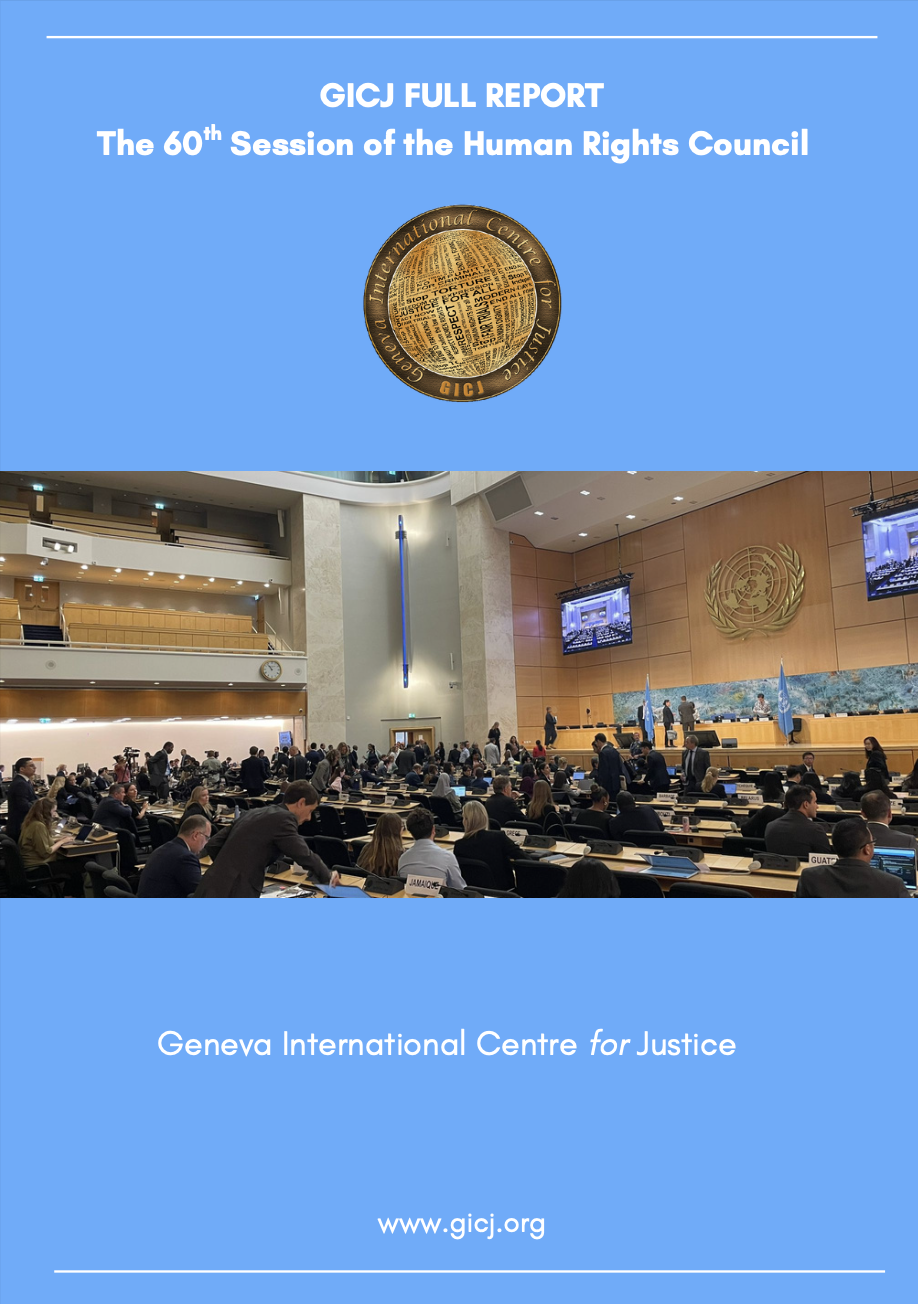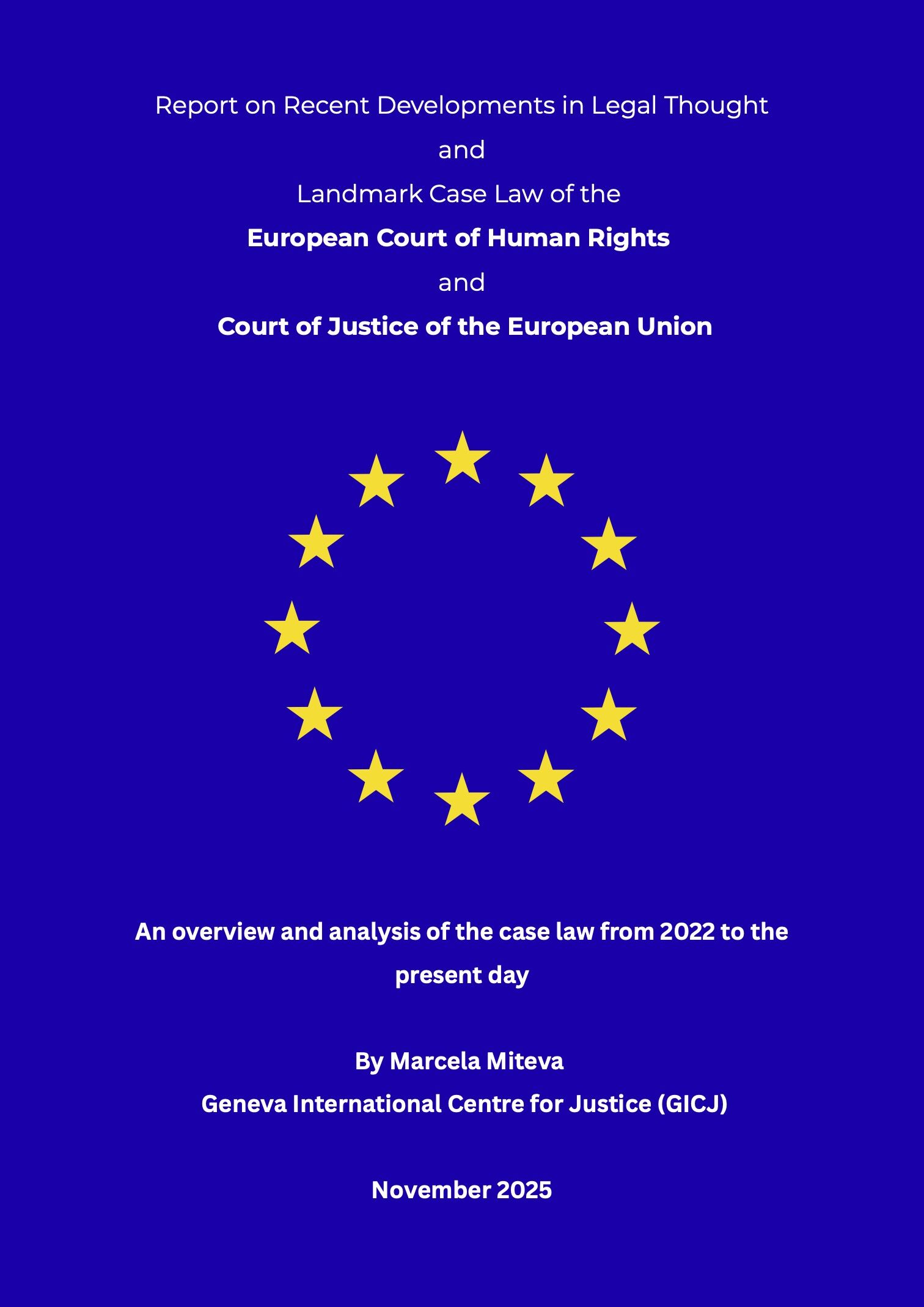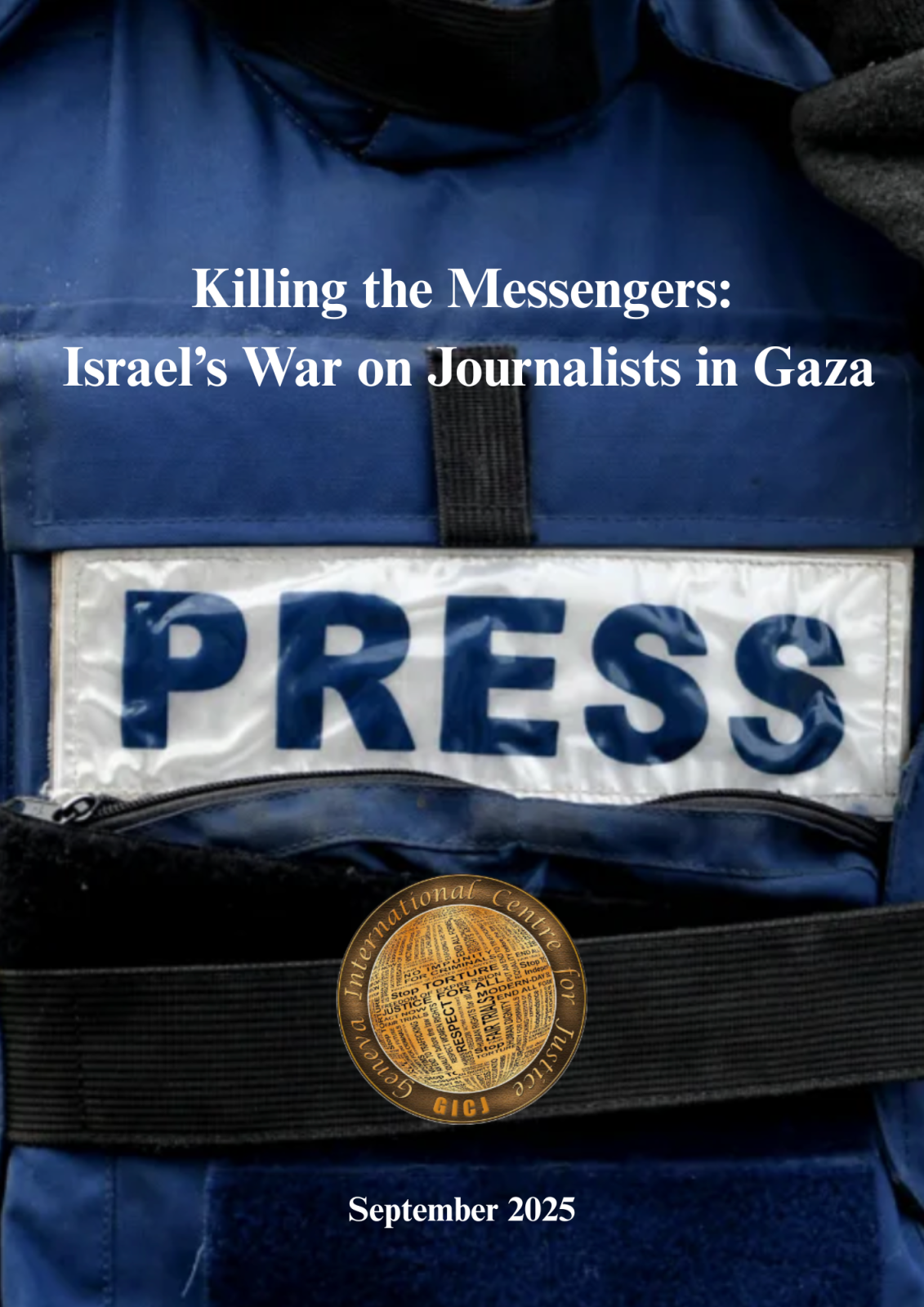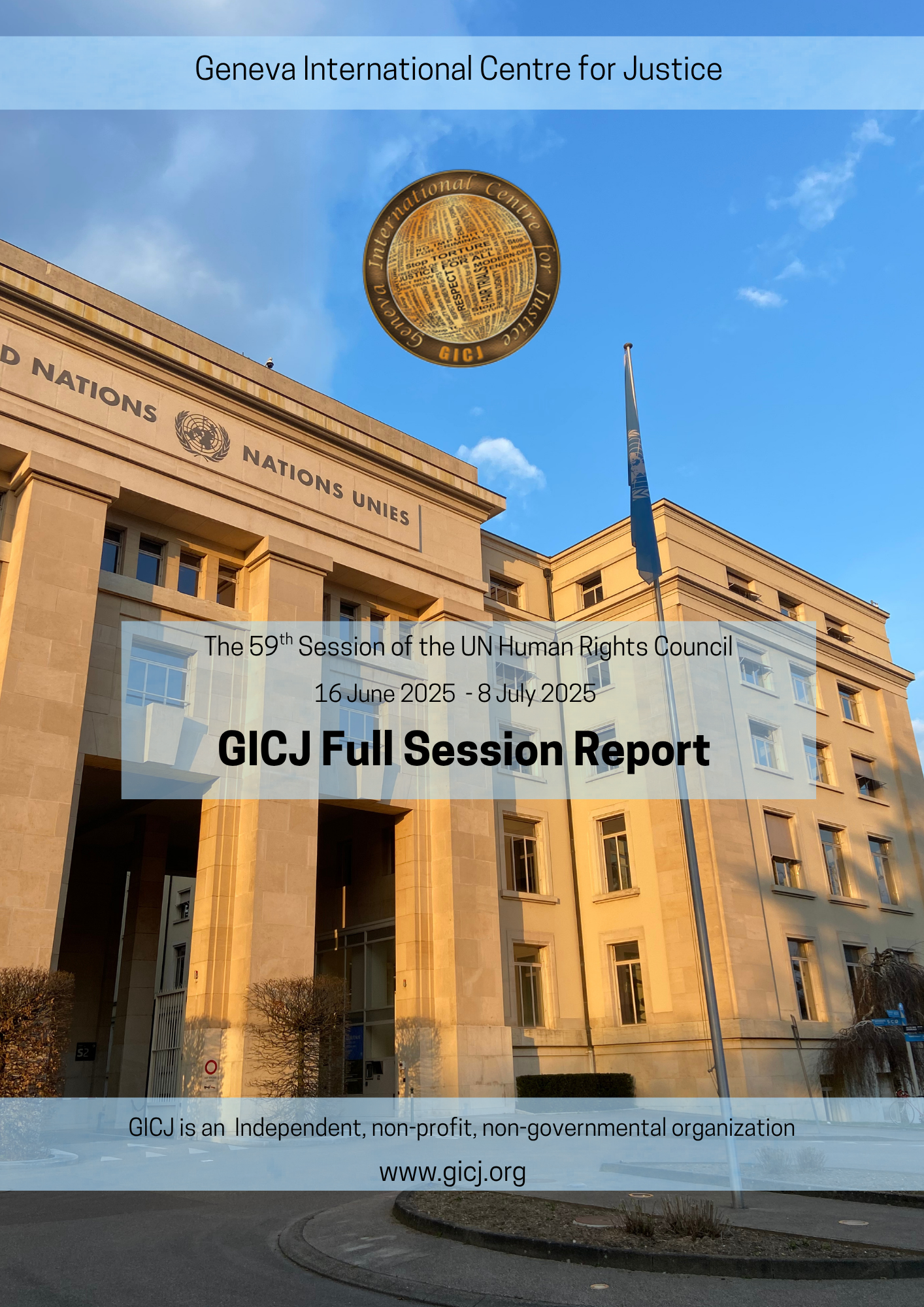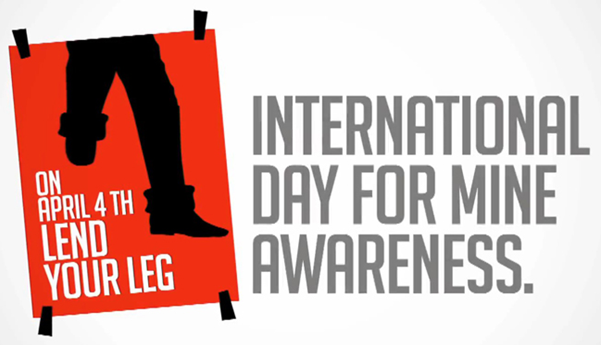
4 April 2017: Needs driven. People Centred
On 8 December 2005, the General Assembly established the International Day for Mine Awareness and Assistance in Mine Action. Since then, this day is observed on 4 April of each year. With resolution A/RES/60/97, the General Assembly called on all Member States to “foster the establishment and development of national mine-action capacities in countries where mines and explosive remnants of war constitute a serious threat to safety, health and lives of the civilian population, or an impediment to social and economic development at the national and local levels”1.
Furthermore, 162 States have ratified the Convention on the Prohibition of the Use, Stockpiling, Production and Transfer of Anti-Personnel Mines and on Their Destruction which was adopted on 18 September 1997 and entered into 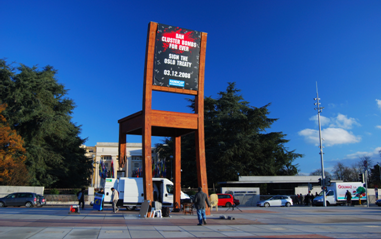 force on 1 March 1999. The Convention is the foundation of the international efforts made to end and alleviate the dramatic impact of anti-personnel mines, and provides a framework for international mine action. In fact, the Convention abolishes the production, use, transfer and stockpiling of all such devices. Signatories-States bound themselves to destroy all stockpiles and emplaced landmines as well as to assist all victims.
force on 1 March 1999. The Convention is the foundation of the international efforts made to end and alleviate the dramatic impact of anti-personnel mines, and provides a framework for international mine action. In fact, the Convention abolishes the production, use, transfer and stockpiling of all such devices. Signatories-States bound themselves to destroy all stockpiles and emplaced landmines as well as to assist all victims.
The concept of “mine action”, as defined in the Convention on the Prohibition of the Use, Stockpiling, Production and Transfer of Anti-Personnel Mines and on Their Destruction, is not limited to the removal of landmines from the ground, but also entails the removal and destruction of all landmines as well as the protection of all contaminated areas. Furthermore, mine action also includes teaching civilians how to reduce the risks related to landmine incidents, destroying all stockpiles, and providing adequate assistance to all victims. 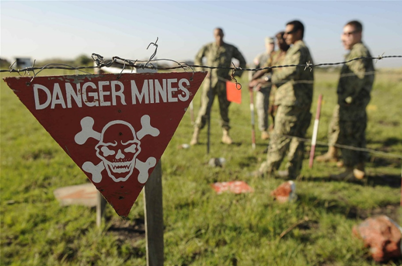
In addition to landmines, the Convention also refers to and includes all explosive hazards that may cause a threat to the population, such as unexploded ordnance (UXO) – which include missiles, mortars, bombs and all undetonated devices – abandoned ordnance, remnant Improvised Explosive Devices (IEDs), and Explosive Remnants of War (ERW).
While landmine incidents affect the entire population in the target countries, women and girls appear to be particularly vulnerable to the effect of IEDs and ERW. According to the Landmine Monitor Report of 2010, women account for around 16% of the entire number of landmine civilian casualties; yet, in some areas the percentage is higher2. The gender cleavage depends on the different needs and capabilities of women as well as on the different opportunities they are entitled to. Such discrepancy is embedded in the social construct of certain countries and needs to be addressed with the utmost importance: mainstreaming gender within anti-mine actions and policies is necessary to address the needs of both women and men with the same urgency and without biases.
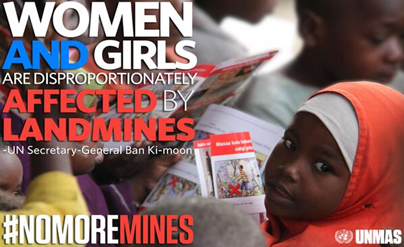
Syria
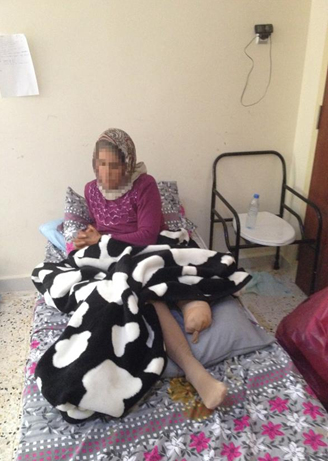 The Syrian civilian population continues to be exposed to deadly threats deriving from the massive use of aerial strikes, explosive weapons and landmines. In particular, explosive hazards represent one of the main threats for civilians who try to flee the country, and the massive deployment of landmines is dangerously hindering the access of humanitarian convoys in certain areas. According to UN sources, over 6.3 million people are currently residing in areas where landmine-related incidents have been frequently recorded. Furthermore, surveys have reported that the presence of landmines is considered one of the major threats by the local population3.
The Syrian civilian population continues to be exposed to deadly threats deriving from the massive use of aerial strikes, explosive weapons and landmines. In particular, explosive hazards represent one of the main threats for civilians who try to flee the country, and the massive deployment of landmines is dangerously hindering the access of humanitarian convoys in certain areas. According to UN sources, over 6.3 million people are currently residing in areas where landmine-related incidents have been frequently recorded. Furthermore, surveys have reported that the presence of landmines is considered one of the major threats by the local population3.
In Syria, the presence of landmines and improvised explosive devices (IEDs) is causing a large number of casualties, particularly in the countryside – where airstrikes and direct attacks are less frequent. In such areas, IEDs and explosive remnants of war (ERW) can be found along roads, near rivers and in fields. The large presence of deadly devices implanted in the ground deeply affects freedom of movement, jeopardizes the safe return of IDPs and refugees, and hinders the economic recovery of the population.
The statistics concerning the distribution of landmines and explosive hazards are worrisome: UN sources have reported that 57% of agricultural lands, 38% of private properties and 22% of schools and hospitals in the sub-districts surveyed have been largely contaminated by IEDs and ERW4.
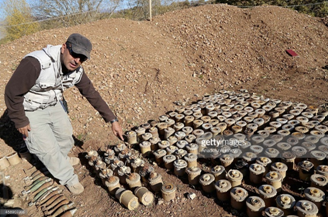 Iraq
Iraq
The US-led invasion of Iraq initiated in 2003 and the subsequent spread of militias and terrorist groups in the region have dramatically affected the security of the country. The conflict and the growing terrorist threats have provoked a massive wave of displacement: to date, around 3.1 million people have been forced to leave their homes. Yet, Iraqis fleeing conflict areas risk to be affected by the large contamination of ERW and IEDs, which are particularly present in the areas retaken from ISIL control. While the stabilization of such areas has become a priority of the UN and of the Iraqi government, the scale of the explosive hazard problem has not been reduced yet: for instance, in 2017, in the area surrounding Mosul, the number of landmine and IEDs-related incidents has increased of 74% from the previous year5.
Yemen
Yemen is facing one of the worst humanitarian crises of the last decade, and the impact of the famine and of the conflict is exacerbated by the large number of casualties provoked by landmines incidents and unexploded ordnance (UXO). According to a Landmine Impact Survey recently conducted by the U.S. Humanitarian Mine Action Program, approximately 6% of the entire Yemeni population lives in mine-affected areas, and over 799 square kilometers of land appear to be containing mines6. In such areas, landmines can be found hidden along the roads or in sand dunes: their strategic placement hinders access to vital water sources and dramatically affects the freedom of movement of the civilian population.
Geneva International Centre for Justice (GICJ) calls for full and efficient implementation of the Convention on the Prohibition of the Use, Stockpiling, Production and Transfer of Anti-Personnel Mines and on Their Destruction by the states that ratified it. Moreover, GICJ reiterates the importance of universal ratification of the Anti-Personnel Mines Convention and urges all states to join it. At the same time, GICJ continues to report and document human rights violations, including those provoked by the effects of landmines and unexploded ordnance.
1 General Assembly Resolution A/RES/60/97, Assistance in mine action, available at http://www.un.org/en/ga/search/view_doc.asp?symbol=A/RES/60/97
2 Landmine Monitor 2010, available at http://www.the-monitor.org/lm/2010/resources/Landmine_Monitor_2010_lowres.pdf
3 UNMAS Syria, available at http://www.mineaction.org/programmes/syria
4 Ibid
5 UNMAS Iraq, available at http://www.mineaction.org/programmes/iraq
6 U.S. Humanitarian Mine Action Programs: The Middle East, available at https://www.state.gov/t/pm/rls/rpt/walkearth/2004/37232.htm
Day of Remembrance articles by GICJ:
|
|
|
||||||||||
| Victims of Chemical Warfare | Reflection on the Genocide in Rwanda |
|
Human Rights Day - 2016 | International Women's Day | Land Day in Palestine |




